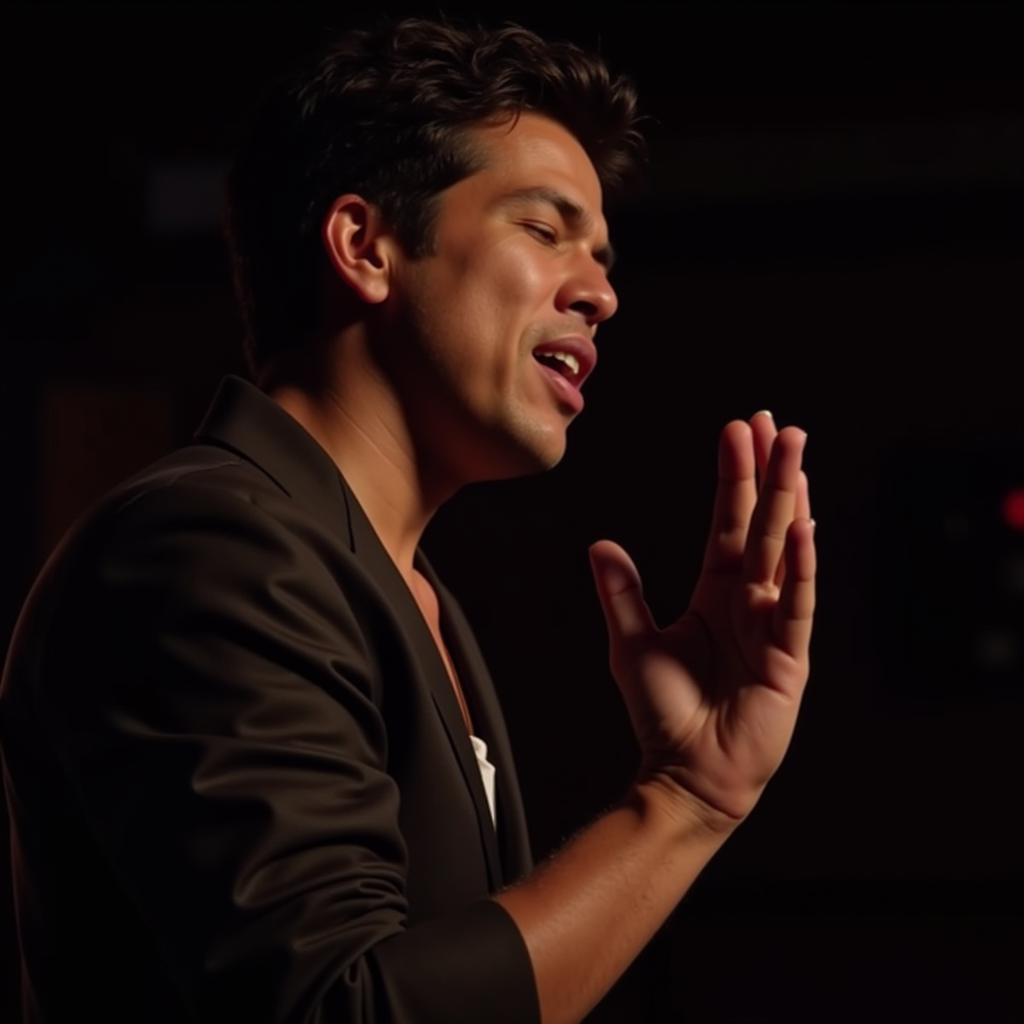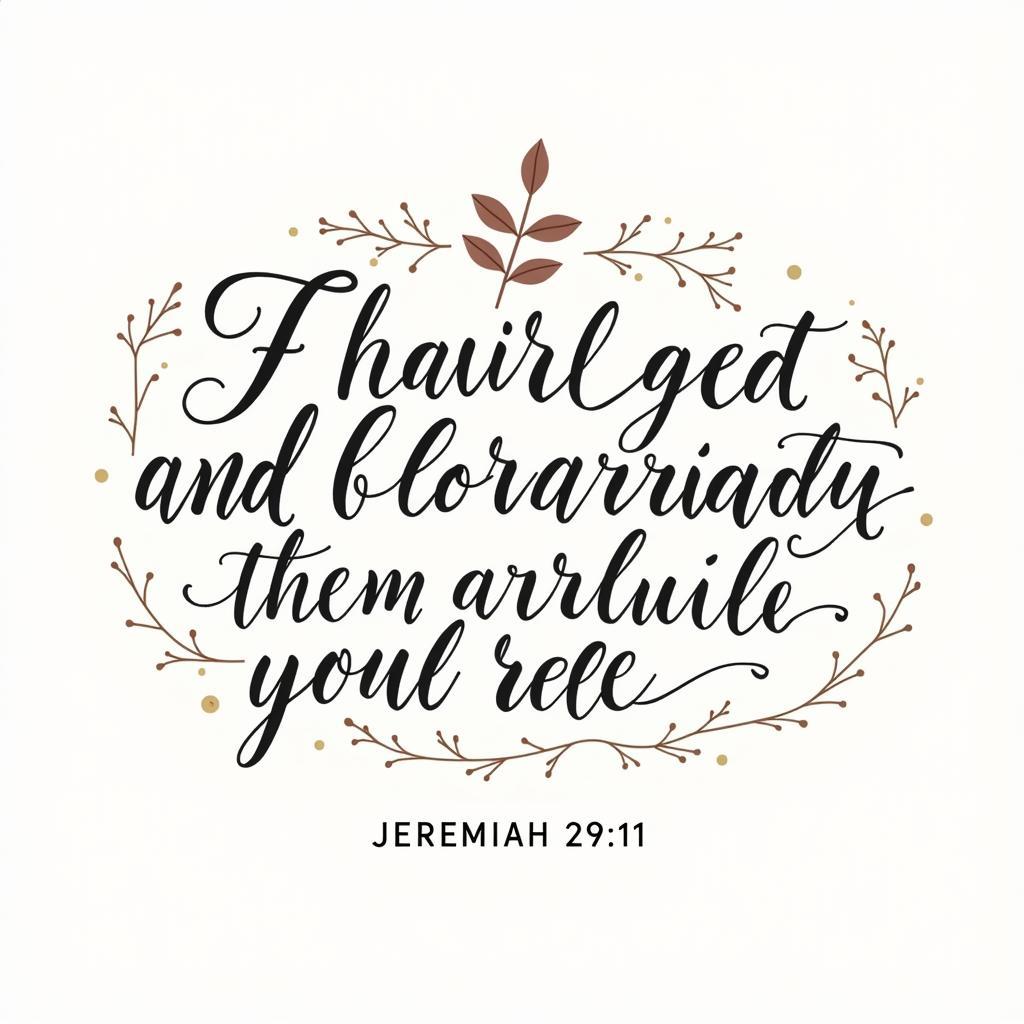Exploring the Majesty of Christ the King Art
The depiction of Christ the King within the realm of religious art offers a captivating glimpse into the spiritual interpretations and artistic expressions of various cultures and periods. “Christ The King Art” encompasses a rich tapestry of styles, each reflecting the theological understandings and artistic sensibilities of its time.
The Symbolism Embedded within Christ the King Imagery
“Christ the King” imagery transcends mere portraiture; it’s a visual language communicating profound theological concepts. Let’s delve into some recurring symbols and their meanings:
- The Crown: Signifying Christ’s sovereignty not only over earthly kingdoms but also over the entirety of creation. This crown is often depicted as a tripartite crown, symbolizing his dominion over heaven, earth, and hell.
- The Robe: Often purple, a color associated with royalty and kingship, further emphasizing Christ’s regal authority.
- The Orb and Scepter: Represent Christ’s universal dominion and his role as the ruler of all.
- The Cross: Sometimes incorporated into the imagery as a reminder of Christ’s sacrifice and victory over death.
Historical Evolution of Christ the King Art
From the early Byzantine era to the modern day, the portrayal of Christ the King has been a constant source of artistic inspiration.
- Early Christian Art: Christ as the Good Shepherd was a prevalent theme. While not explicitly depicted as “King,” the imagery conveyed his care and leadership over his flock.
- Byzantine Art: Introduced majestic depictions of Christ enthroned, often alongside the Virgin Mary, establishing the iconography of Christ as King and Judge.
- Medieval and Renaissance Art: Featured Christ the King in various scenes, including Last Judgments and Coronations, often with increased realism and emotional depth.
- Baroque Art: Emphasized Christ’s kingship through dramatic compositions, rich colors, and opulent details, reflecting the Counter-Reformation’s emphasis on Christ’s authority.
Modern Interpretations of Christ the King
Contemporary artists continue to engage with this timeless motif, offering fresh perspectives and interpretations. From abstract expressions to stylized representations, modern “Christ the King” art reflects the evolving understanding of faith and spirituality. Some artists emphasize themes of inclusivity, compassion, and social justice, while others focus on the inner spiritual journey.
Conclusion
The evolution of “Christ the King art” offers a fascinating lens through which to view the interplay between art, religion, and culture. From early symbolic representations to modern interpretations, the theme continues to inspire and challenge, inviting contemplation on the nature of faith, power, and the human condition. Whether depicted in traditional or contemporary styles, “Christ the King” imagery serves as a potent reminder of the enduring power and resonance of this central figure in Christianity.
If you’d like to explore other art forms, take a look at our VBS clip art collection, or if you’re interested in incorporating scripture into your decor, browse our selection of KJV wall art. For unique artistic creations, we also offer reindeer feet art and cork board art. If you’re considering something truly impressive, explore the possibilities of large LED wall art.



